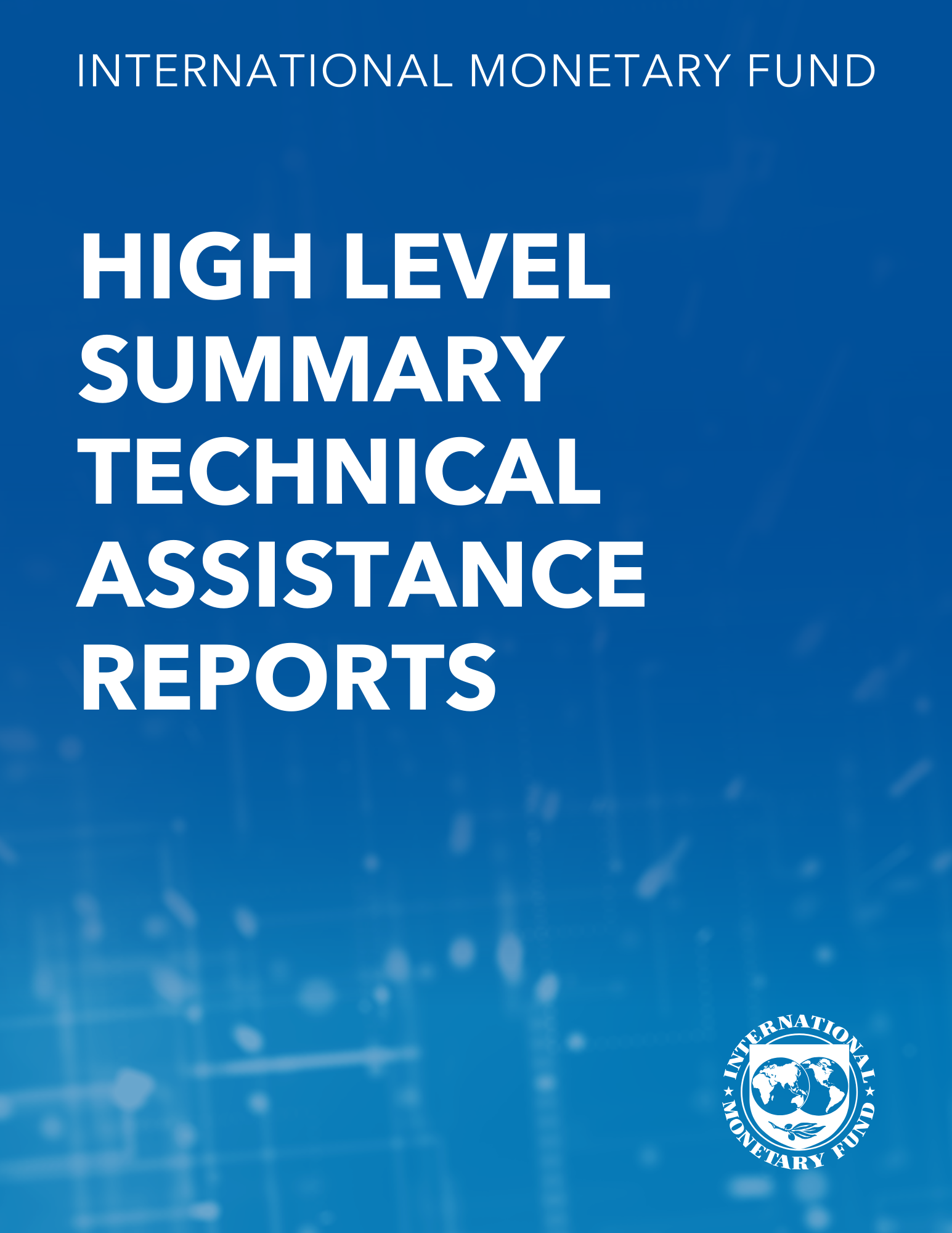EMU, Adjustment, and Exchange Rate Variability
January 1, 1998
Disclaimer: This Working Paper should not be reported as representing the views of the IMF.The views expressed in this Working Paper are those of the author(s) and do not necessarily represent those of the IMF or IMF policy. Working Papers describe research in progress by the author(s) and are published to elicit comments and to further debate
Summary
This paper uses a three-country, three-good, factor-specific model of trade with wage rigidities to investigate how European Monetary Union (EMU) is likely to affect exchange rate variability. Focusing on international macroeconomic adjustment under both exogenous and optimizing monetary policies, it shows that the relative variability (against external currencies) of the euro (under EMU) and a basket of present currencies (pre-EMU) depends on relative sizes and specialization patterns of EMU countries and the relative importance of different shocks. EMU is likely to decrease (increase) exchange rate variability for shocks to industries in which large (small) EMU countries are specialized.
Subject: Economic integration, Employment, Exchange rate adjustments, Exchange rate flexibility, Exchange rates, Foreign exchange, International trade, Monetary unions, Trade balance
Keywords: EMU, EMU country, EMU participant, EMU regime, Exchange rate adjustments, Exchange rate flexibility, Exchange rate variability, Exchange rates, monetary union, Monetary unions, regime to EMU, Trade balance, WP
Pages:
27
Volume:
1998
DOI:
Issue:
050
Series:
Working Paper No. 1998/050
Stock No:
WPIEA0501998
ISBN:
9781451846942
ISSN:
1018-5941






